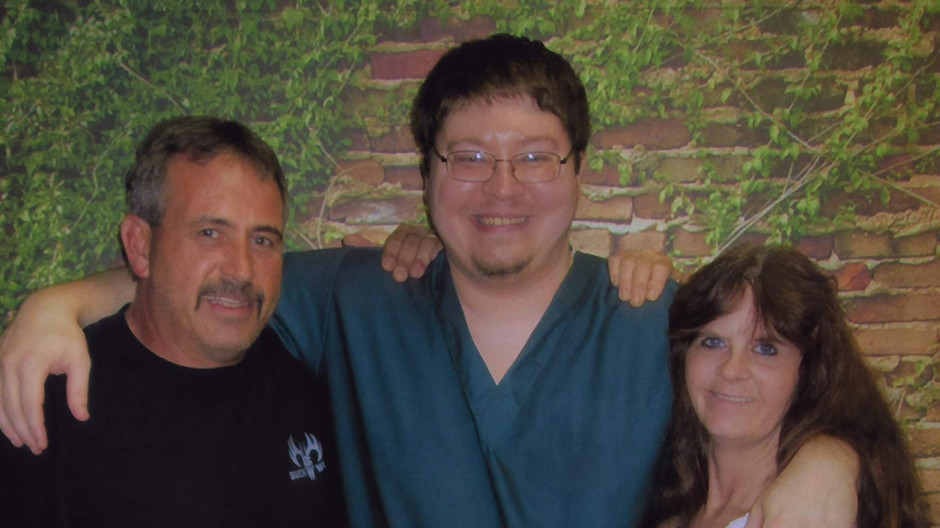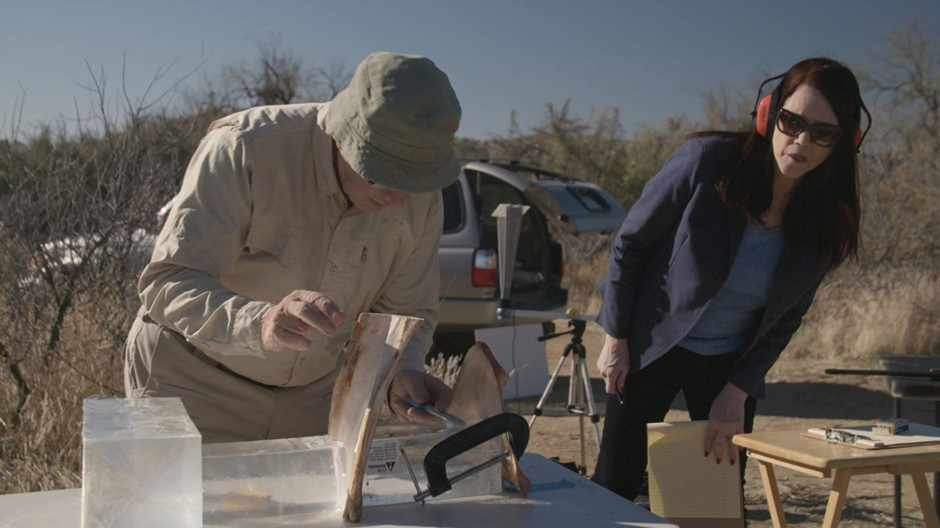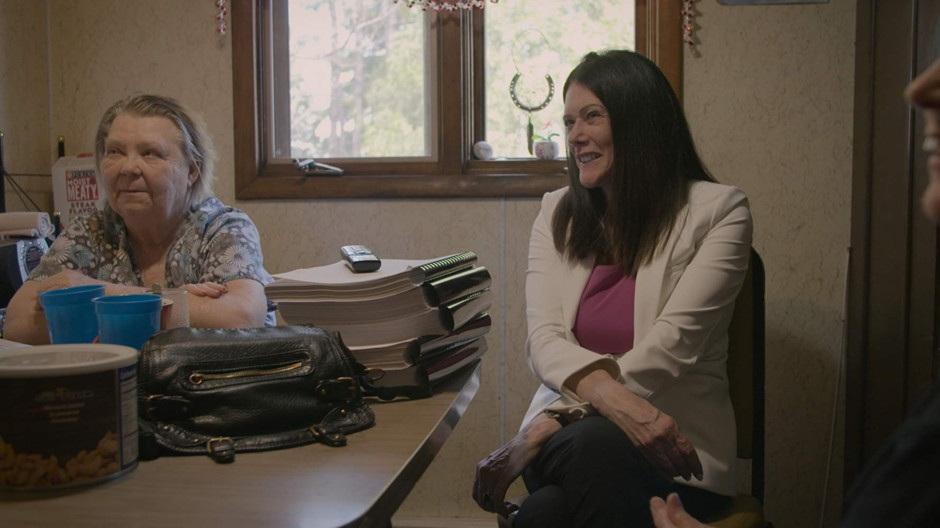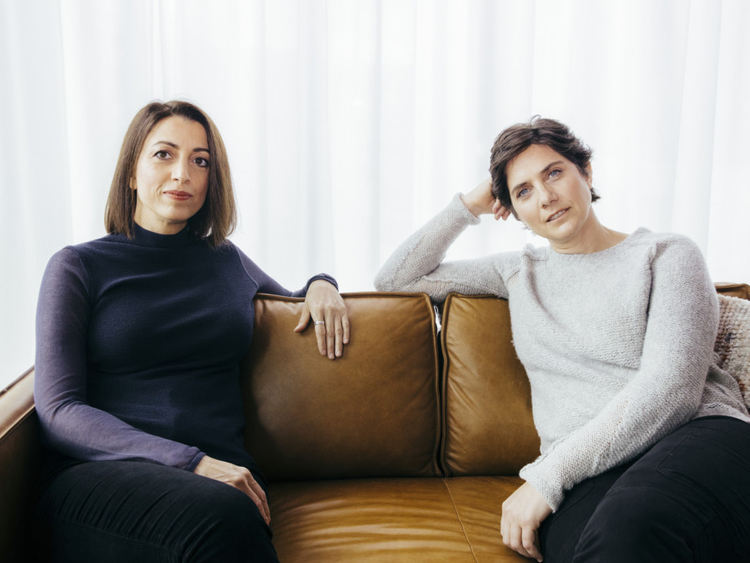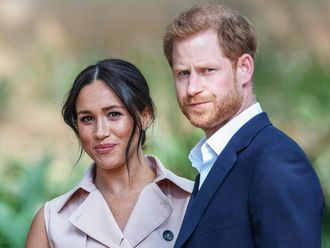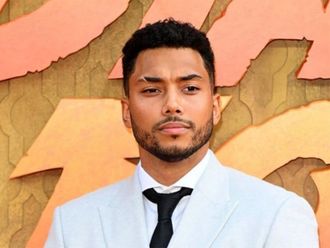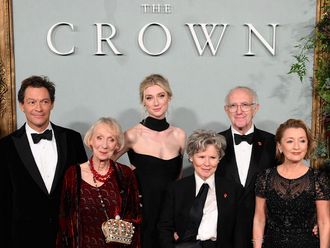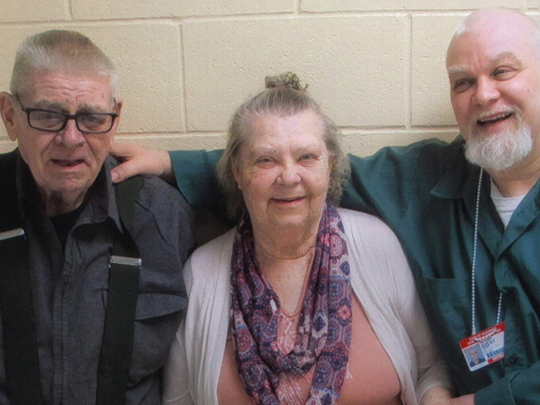
Three years ago, few had heard of Steven Avery.
But the Netflix true crime docu-series Making a Murderer, a surprise sensation when it was released in December 2015, turned Avery, a Wisconsin man who was cleared of a sexual assault charge only to be imprisoned on a murder charge, into something like a household name. His case was debated and dissected in various media outlets, turning many viewers into amateur sleuths. Part of a wave of true-crime hits including the podcast Serial and the HBO limited series The Jinx, Murderer established Netflix as a home for breakout docuseries (Wild Wild Country, The Keepers) and helped inspire its own satirical take on the genre, American Vandal.
Now it’s back, with 10 new episodes that continue the story of Avery and his nephew Brendan Dassey, both of whom were convicted of the 2005 murder of Teresa Halbach in Manitowoc County, Wisconsin. Both are still in prison.
With Making a Murderer Part 2, new players are introduced, like Avery’s new star lawyer, Kathleen Zellner, who joined the case after Avery became famous, bringing an arsenal of creative tactics. Laura Nirider and Steven Drizin, Dassey’s post-conviction lawyers, are also prominent.
Because of the success of Murderer, the show’s creators, Moira Demos and Laura Ricciardi, had more resources at their disposal for Part 2. In an interview, they talked about how they refined their filmmaking approach and why they’ve stayed with this story. These are edited excerpts from that conversation.
Why did you decide to continue with the story of Steven Avery for new episodes, rather than look at a new case?
Moira Demos: When we were making Part 1, we were certainly not thinking there might be a Part 2. But once we finished, it was clear that the story wasn’t over. Steven Avery is a fighter and he’s saying right at the end of Part 1, ‘I’m going to keep on fighting.’ So then the questions became to us, as filmmakers, What exactly is happening next? Is there something to cover? Is there something to point a camera at? And if so, can we gain access to that?
What convinced you that there was indeed something more to point a camera at?
Laura Ricciardi: By the spring of 2016, we came to learn that Kathleen Zellner had decided to represent Steven and we thought that we would reach out to her and see if she would give us access to her process. We also spoke with Brendan Dassey’s attorneys Laura Nirider and Steve Drizin, whom we introduced in Episode 10 of Part 1 when they filed a federal habeas petition on Brendan’s behalf. So we thought that both cases would be very active.
Demos: Part 2 is taking you into a new phase of the criminal justice process, the post-conviction phase, which for most people is a big black hole, not a part we have a very good understanding of. With Part 1, there were so many twists and turns, and nobody’s really there helping you understand what’s happening as you go through item. There’s a lot of ambiguity, and we were trying to get people to embrace that. At the same time, we really understood that people want to move out of ambiguity into answers.
With Kathleen Zellner, we had this character that we recognised could really be the engine of the story moving forward. She does not work her case from behind the desk. She goes to the crime scene; she gets the evidence; she gets experts involved. And she, herself, is doing nothing but asking questions and trying to find answers. We thought that would be an incredible journey for our viewers to go along with her.
When you started making Part 1, you moved to Wisconsin and began shooting this on your own as unknowns. How did you do it this time?
Demos: We had incredible opportunities and creative choices open to us now, with having a partner like Netflix from Day 1. So we hired a crew. But we were living halfway across the country, so we had to learn how to keep tabs on a story that we weren’t right next door to. We had spreadsheets with our crew availability for every day of the year. So we knew who could fly out and get there if something was happening. But so much as a filmmaker, particularly if you’re making a documentary project, is about your relationship with your subjects and building trust. So we had to gradually introduce our subjects to new crew members and to a different person behind the camera so that they could learn to be just as comfortable with them and maintain the sort of intimacy we worked so hard to foster for Part 1.
We recognised very quickly that the world that we were documenting was a new one because of Part 1. So it was very meta in that sense. We enter Part 2 with the announcement that Part 1 is coming out, and then the launch. That leads to this cacophony of responses to the series, all these different voices, all these different events that culminate back in Manitowoc. Things have changed, and it is very important for us to acknowledge that. But then we want to enter back into the world to look at what hasn’t changed.
In the credits this time is a full screen showing the names of the many people who didn’t respond to you or declined interviews. Were there comparatively more people this time who wouldn’t talk to you?
Demos: The list would have been more or less the same if we had put a card up in Part 1. It just never occurred to us that people would have thought we hadn’t reached out to people. And there was a lot of time wasted in press with people saying we hadn’t reached out. So we thought, let’s just put it out there, and then we can get over it and talk about the work.
Ricciardi: What was actually exciting for us was that there were people who hadn’t spoken out in Part 1 and decided to speak in Part 2, like a friend of Teresa’s, for instance, Chris Nerat. We were really grateful to him because we did want to include as much of Teresa as we could.
——————————
Don’t miss it!
Making a Murderer Season 2 is out now on Netflix.



